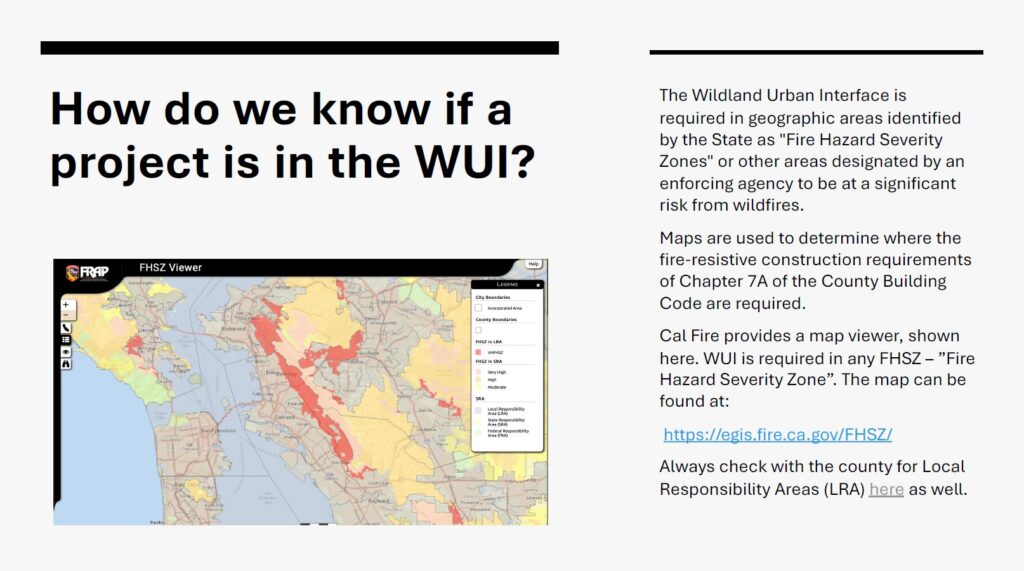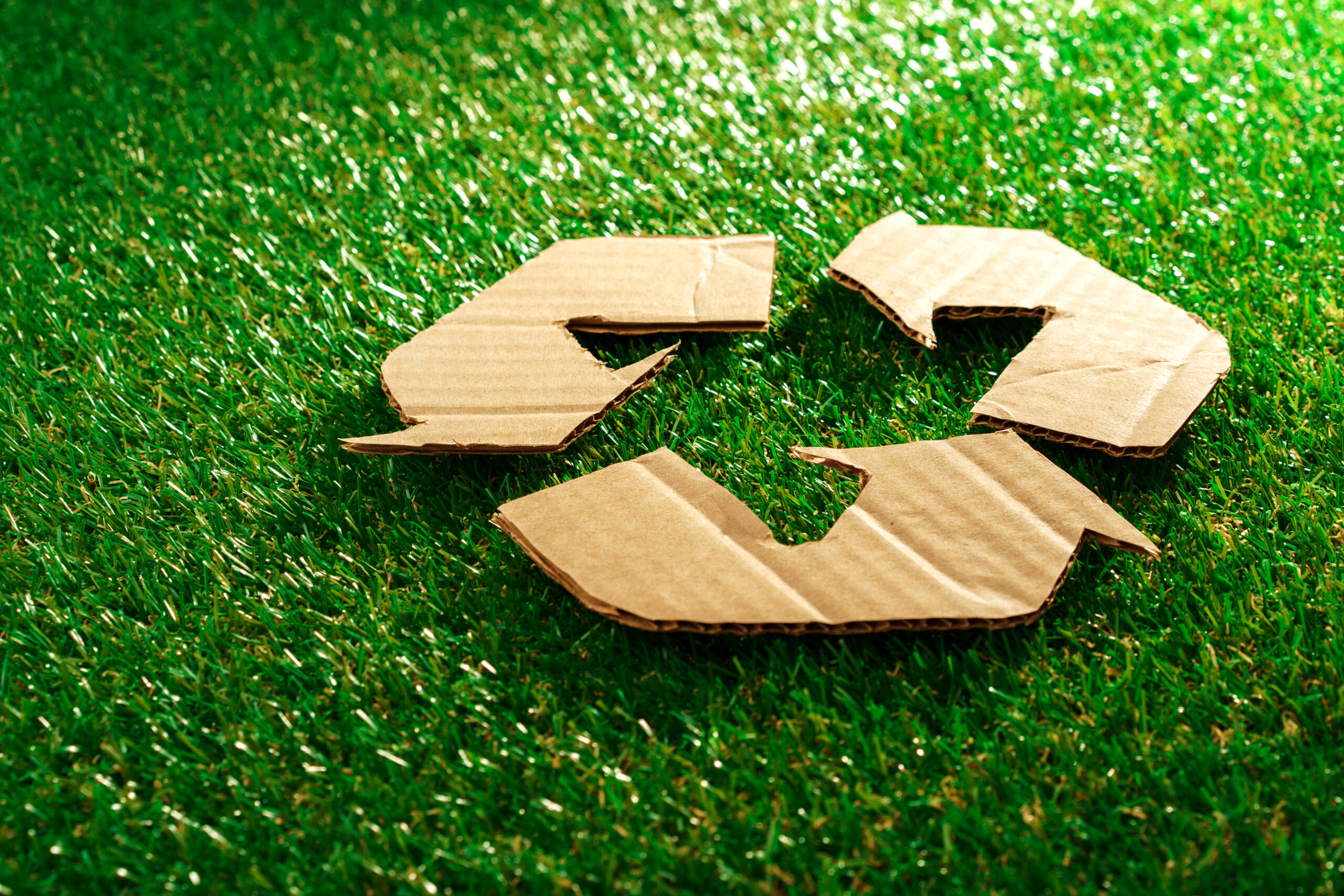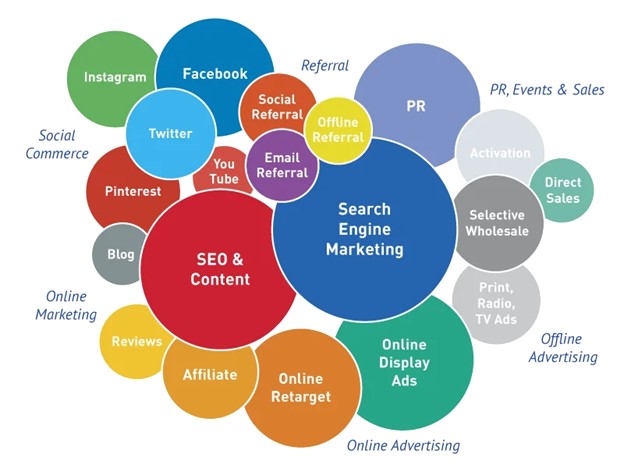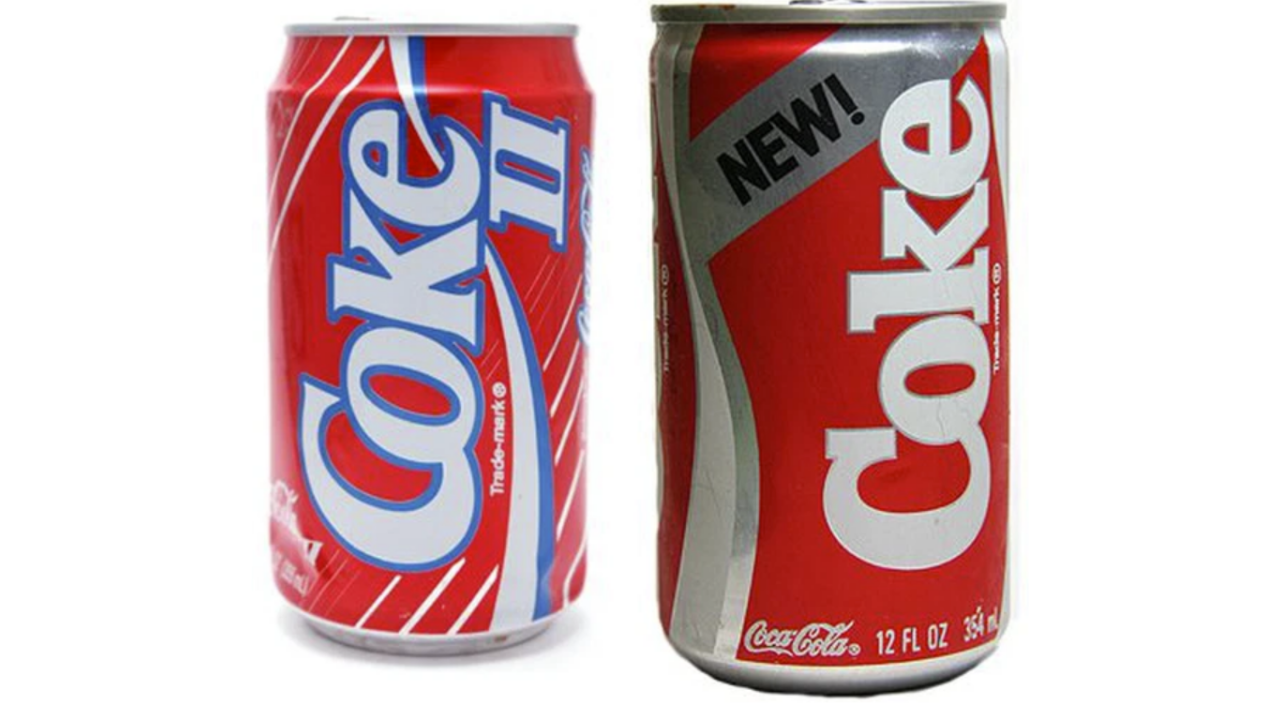Content recycling is a valuable strategy. It can help you keep your platforms fresh and updated without spending hours creating new material. If you recycle your content you need a plan or it can be as much work as creating new.
As a business owner, you know that creating new, original content can be a daunting task. Not only does it require dedicating time and effort, but it can also be expensive – especially if you’re paying someone to do it for you.
Luckily, we’ve got a few good shortcuts that can help you embrace the concept of recycling your content quickly and easily. In just 20 minutes a week, you can make sure all your old content gets a new lease on life.
Recycle Your Content vs. Cross-Channel Marketing
Before getting into the how-to, let’s first define content recycling.
Recycling content means taking existing content and repurposing it for different platforms. This could involve repurposing old blog posts into articles, videos, or infographics. It could also mean taking old social media posts and turning them into blog articles or whitepapers. The possibilities are endless.
Cross-channel marketing (also known as omni-channel marketing) refers to using different channels (social media, mobile apps, websites, email, and word-of-mouth recommendations) to boost brand exposure. Cross-channel marketing provides customers an integrated, consistent experience across your brand.
Both strategies have their benefits, but recycling content is a great way to maximize your reach and engagement. After all, not everyone will see your content if you only post it on one platform. But by recycling content, you can share it on multiple platforms, reaching more prospects and increasing your chances of engagement.
Recycle Your Content Like a Marketing Departments
Most marketing departments have a process for recycling content. Usually, it involves auditing, grouping, planning, repurposing, creating, publishing, and tracking content. Here are the details of the steps involved:
- Audit Your Content: Auditing content is the process of reviewing all of your existing content to determine which pieces are worth recycling.
- Group Content by Topic: Once you’ve audited your content, it’s time to group it by topic. This will make it easier to find relevant pieces when you’re ready to recycle them.
- Plan a Content Calendar: Next, plan how you’ll recycle your content. This involves deciding which pieces will be repurposed and creating a schedule for publishing them.
- Repurpose Old Content: Now it’s time to start repurposing your content. This could involve creating infographics from data-heavy blog posts, converting videos into blog posts, or turning blog posts into eBooks, and more.
- Create New Content if Needed: Even though you’re recycling content, you may still need to create new content. This could involve creating blog posts, articles, videos, social media posts, – specifically for cross-channel marketing.
- Publish and Promote: Once the content is ready, it’s time to publish and promote it. This involves posting your content on your website and social media platforms and using paid and organic marketing methods to promote it.
- Analyze Results: Finally, analyze the results of your recycling efforts. This involves taking a look at how much traffic, leads, and sales it’s generating. Keep recycling and repurposing your content until it’s no longer effective.

Recycle Your Content in 20 Minutes a Week
Now that you know what content recycling is and how to do it, here are a few effective ways your business can start recycling content in just 20 minutes a week. Whether your existing content is a blog post, social media post, or something else, these tips will help you get the most out of it.
Create an Infographic From a Blog or Video
If you have a blog post or video that’s doing well, turn it into an infographic. Infographics are an excellent method to repurpose content since they’re simple to produce and bring in a lot of traffic.
Use Old Images as Social Media Post Backgrounds
If you have a library of images you’ve used in the past, why not use them as social media post backgrounds? This will help you save time while still capitalizing on old content.

Turn Transcripts of Videos or Podcasts Into Blog Posts
If you have a video or podcast that’s doing well, consider turning the transcripts into blog posts. That way, you can get the most out of your content while still providing valuable information to your audience, who may prefer reading over watching or listening.
Embed Videos or Podcasts Into Blogs
If you haven’t already, start embedding videos and podcasts into your blog posts. This is a great way to keep viewers engaged while reading. Plus, you’ll be using the original content in a new way.
Repost From One Project to Another
With projects, there’s always a lot of content that can be recycled. But have you ever recycled content from one project to another? Reposting, for instance, is a great way to recycle content quickly and easily.
Recycle Further When You Have the Time and Resources
When your time and resources allow it, you can further recycle content. Here are more ideas to get you started.
Go In-Depth on a Blog Topic - Create a Slideshare, Video, or Podcast Episode
You can only go so deep with blog posts before readers start getting bored. But what if you could go even further with your content? You can do that by creating a Slideshare, video, or podcast episode based on your blog post. In doing so, you’ll be providing more value to your audience and helping them learn more about the topic.
Build an eBook From Your Most Popular Content Topics
If you have many popular content topics, an excellent way to recycle them is by creating an eBook. Not only do eBooks boost your visibility, but they also help you establish yourself as an expert in your field.
Post Snippets of a Longer Video
If you have a long video, consider posting snippets of it on social media or within a blog post. This will help you leverage the video to the maximum while keeping prospects engaged and your content fresh.
Finally, Commit to a Schedule!
The best way to ensure that you recycle content effectively is by committing to a schedule and setting aside time each week to do it. Only by doing that can you make the most of your content and improve your business’ marketing results.
Recycling content doesn’t have to be time-consuming or difficult. With some effort and thinking outside the box, you can create great content to help you reach your content marketing goals.









